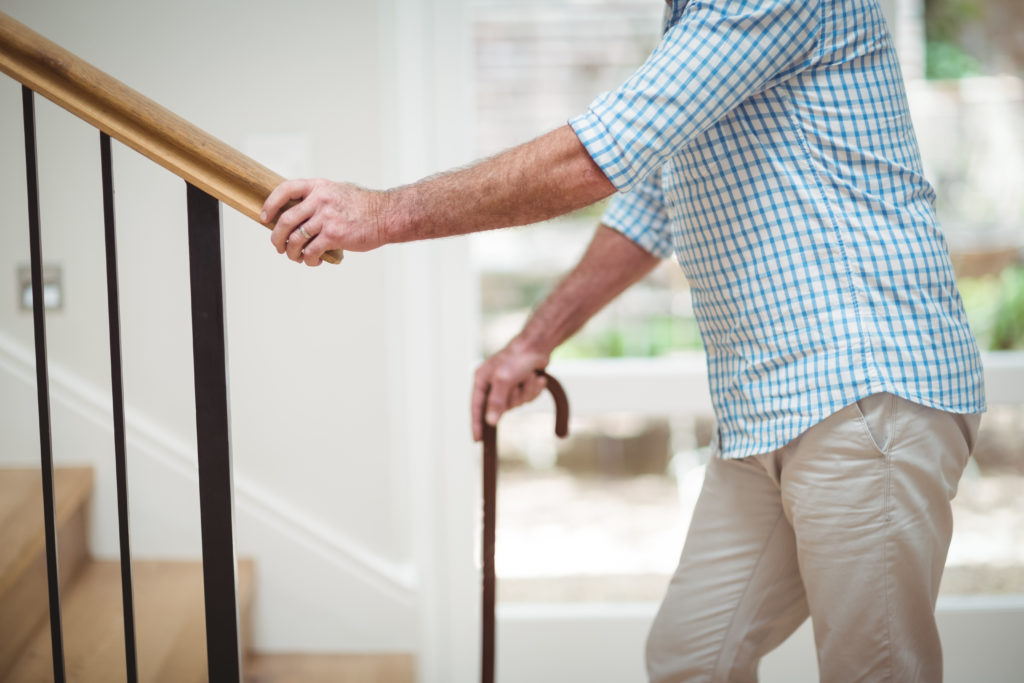As family caregivers, ensuring the safety and well-being of our loved ones is a top priority. Choosing between fall detection and personal emergency response systems (PERS) can be challenging. Both these systems offer unique benefits and cater to different needs, particularly for elderly individuals who wish to maintain independence while staying safe.
In this article, we’ll explore the differences between fall detection and personal emergency response systems, helping you make an informed decision. Let’s dive into these technologies and how they can improve the quality of life for those under your care.

Understanding Fall Detection Systems
Fall detection systems are designed to automatically detect when a fall occurs. These systems often use advanced sensors and algorithms to monitor motion and changes in orientation.
How Fall Detection Works
Fall detection devices typically rely on accelerometers and gyroscopes to sense sudden movements or impacts. When a potential fall is detected, the system can alert caregivers or emergency services immediately. Learn more about fall detection systems without cameras.
Exploring Personal Emergency Response Systems (PERS)
Personal emergency response systems (PERS) are designed to provide users with a way to call for help in emergency situations. These systems typically include wearable devices with a button that, when pressed, connects the user to a monitoring center.
Key Features of PERS
PERS devices are equipped with communication capabilities, allowing users to speak directly with emergency responders. They also offer location tracking, ensuring help arrives quickly. Discover more about smart elderly care solutions.
The Differences Between Fall Detection and PERS
While both systems aim to enhance safety, they serve different purposes. Fall detection is proactive, automatically sensing falls, whereas PERS requires manual activation. Understanding these differences is crucial for selecting the right system.
Automatic vs Manual Activation
Fall detection systems are automatic, meaning they do not rely on the user to activate the alert. In contrast, PERS requires the user to press a button to call for help.
Choosing the Right System for Your Needs
When deciding between fall detection and personal emergency response systems, consider the specific needs of the person under your care. Factors such as mobility, cognitive ability, and lifestyle should influence your choice.
Assessing Mobility and Health
For individuals with limited mobility or those at high risk of falling, fall detection may be more suitable. Those who are more active and independent might prefer the flexibility of PERS.
Cost Considerations
Both fall detection and personal emergency response systems come with varying costs. It’s important to evaluate the pricing models and subscription fees associated with each option.
Subscription Plans and Fees
Many systems require monthly fees for monitoring services. Comparing these costs will help you find a solution that fits your budget. Check out more about IoT sensors in daily life.
Installation and Maintenance
Consider the ease of installation and ongoing maintenance for each system. Some devices may require professional installation, while others are user-friendly and easy to set up.
Ease of Use
Ensure the system is easy for the user to operate. Complicated devices can lead to misuse or neglect, reducing their effectiveness.
Privacy Concerns
Privacy is a significant consideration, particularly for fall detection systems that use cameras. Opt for solutions that prioritize user privacy while maintaining functionality.
Privacy-Friendly Options
Explore privacy-friendly solutions that offer effective monitoring without intrusive surveillance.
Real-Life Applications
Both fall detection and personal emergency response systems have been successfully integrated into various settings, from home use to assisted living facilities.
Home Use vs Assisted Living
Choosing the right environment for these systems can enhance their effectiveness. Assess whether home use or a more structured setting aligns with the user’s needs.
Technological Advancements
As technology evolves, both fall detection and personal emergency response systems continue to improve. Stay informed about the latest advancements to ensure you’re using the best tools available.
Future Trends
Anticipate future developments in these technologies, including integration with smart home systems and enhanced communication features.
Conclusion
In choosing between fall detection and personal emergency response systems, it’s essential to consider the unique requirements of the individual under your care. By understanding the differences and evaluating the features of each system, you can make a decision that enhances safety and promotes independence.

FAQs
What is the primary difference between fall detection and PERS?
Fall detection automatically senses falls, while personal emergency response systems require manual activation.
Are these systems suitable for all elderly individuals?
Both systems can benefit a wide range of users, but choosing the most appropriate one depends on the individual’s mobility, health, and lifestyle.
How can I ensure the privacy of my loved ones?
Opt for systems that offer privacy-friendly features, avoiding intrusive monitoring methods.
For more information on fall prevention, consider reading this [brochure](https://www.uchealth.com/wp-content/uploads/sites/60/2016/03/FallPrevention_Brochure_UCH_9-14-FINAL.pdf) (nofollow) from UC Health.
This article contains affiliate links. We may earn a commission at no extra cost to you.






